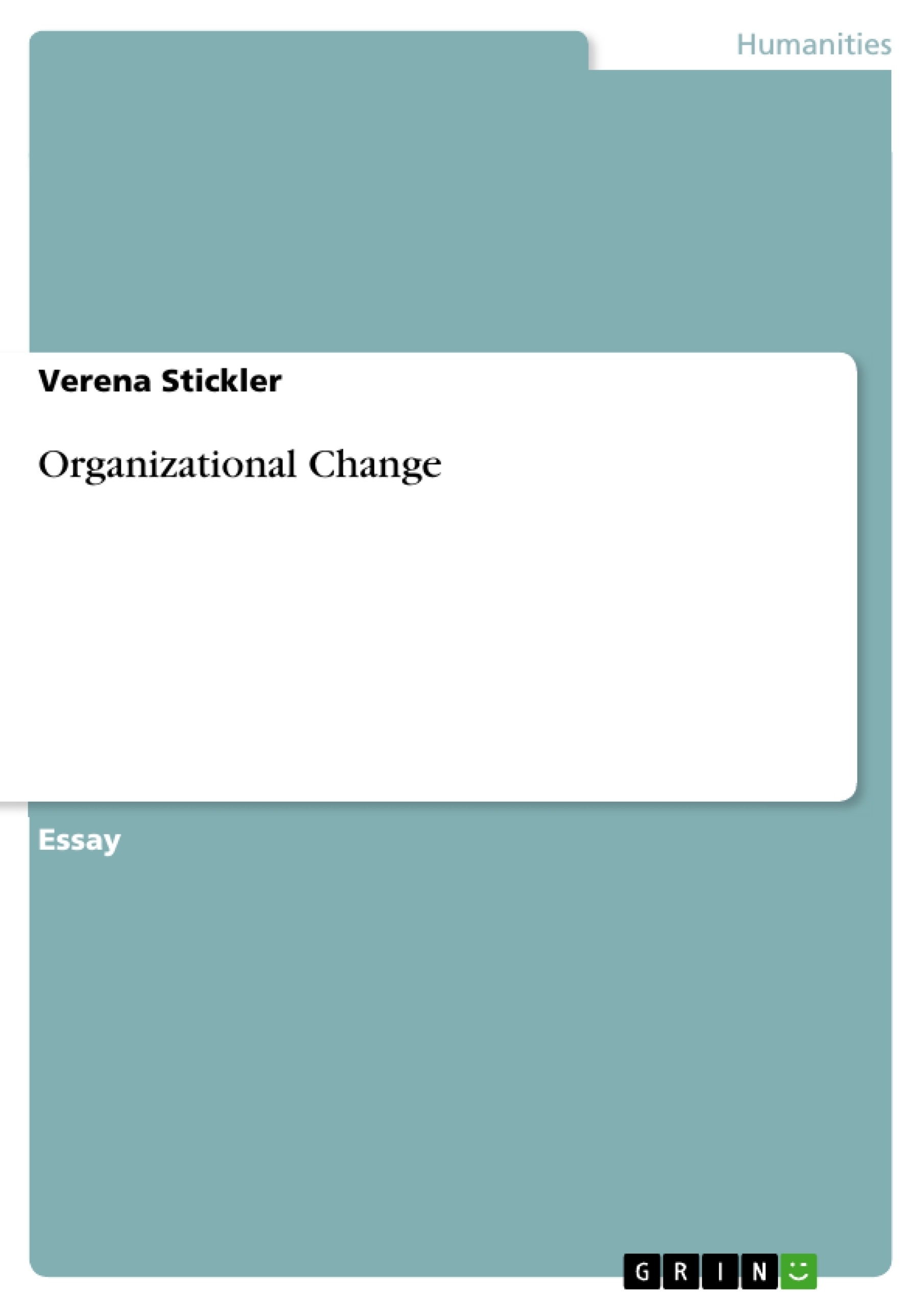The following essay will discuss change in organizations. It will elaborate on different approaches to change management, resistance to change as well as organizational development. This essay will also argue the importance and significance effective change management holds for the future success of organizations.
Organizational Change

Essay , 2008 , 9 Pages , Grade: 2
Autor:in: BA Verena Stickler (Author)
Psychology - Work, Business, Organisation
Excerpt & Details Look inside the ebook

